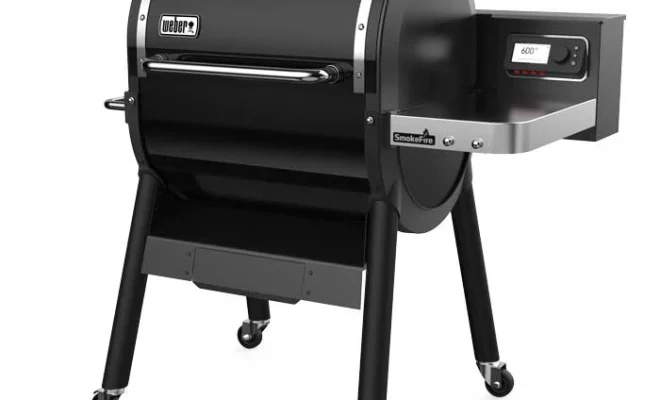What Is SR-50 Insurance?

Understanding SR-50 Insurance
In the world of auto insurance, there are various types of policies at the disposal of drivers to ensure coverage and compliance. One such policy that may not be very well-known is SR-50 insurance. This article aims to provide a comprehensive overview of what SR-50 insurance entails and its implications for individuals.
Understanding What SR-50 Insurance Is
SR-50 insurance is a certificate issued by an auto insurer that serves as proof of legal financial responsibility for drivers in Indiana. Specifically, it is used to verify that the driver maintains the state’s minimum liability limits for auto insurance coverage. It is important to note that an SR-50 is not an actual insurance policy but rather a form that certifies that you have valid insurance.
Who Needs an SR-50?
Typically, drivers who have had their driving privileges suspended or revoked or those who require reinstatement will need to obtain an SR-50 certificate. This can occur due to various reasons such as having multiple traffic violations or being involved in accidents without sufficient coverage.
How Does SR-50 Insurance Differ from SR-22 Insurance?
While similar in purpose, there are subtle differences between these two financial responsibility certificates. An SR-22 certificate is more common and required in most states when individuals face driving suspensions or revocations due to serious traffic offenses such as DUIs or hit-and-run incidents. On the other hand, an SR-50 certificate has limited usage and applies only in the state of Indiana as proof of current coverage.
Obtaining an SR-50 Certificate
To acquire this certificate, drivers must first fulfill Indiana’s mandatory liability limits according to the state’s requirements:
1. Bodily injury liability: $25,000 per person and $50,000 per accident
2. Property damage liability: $25,000 per accident
Once you acquire adequate insurance coverage, your insurer will submit the SR-50 certificate on your behalf to the Indiana Bureau of Motor Vehicles (BMV). The BMV will review your submission and inform you about the steps necessary for reinstating your license.
Cost and Duration
The cost of an SR-50 varies depending on individual insurers, driving history, and personal circumstances. Generally speaking, high-risk drivers may pay higher premiums. As the SR-50 certificate is merely proof of insurance, your actual insurance policy will cover the cost of obtaining it.
Regarding its validity, your SR-50 certificate remains valid as long as your policy does not lapse and meets Indiana’s minimum requirements. However, skipping premium payments or letting the coverage lapse can lead to license suspension.
Conclusion
Overall, an SR-50 certificate serves as crucial verification of financial responsibility for drivers in Indiana who need to reinstate their licenses or demonstrate proof of liability coverage. Ensuring that you have an adequate auto insurance policy in place and maintaining a clean driving record can help make the process less complicated while fostering safer driving habits.




